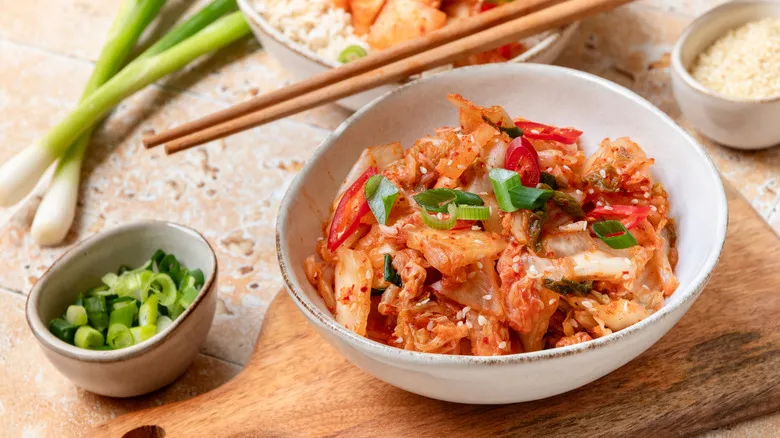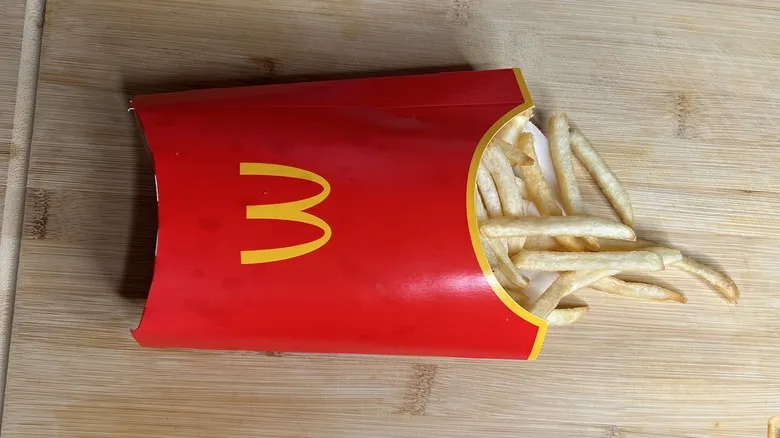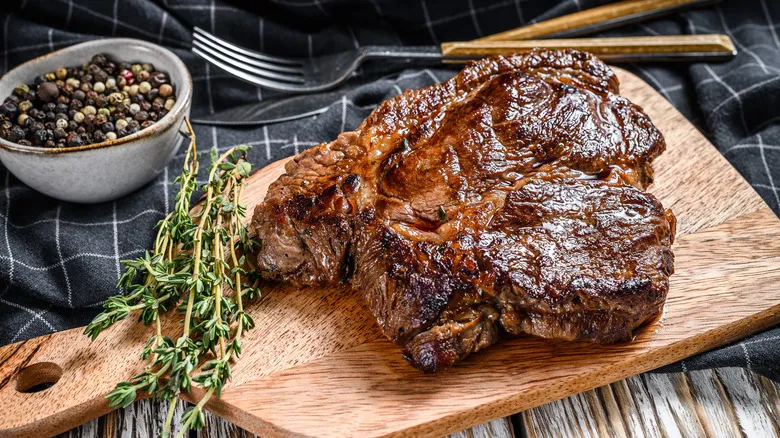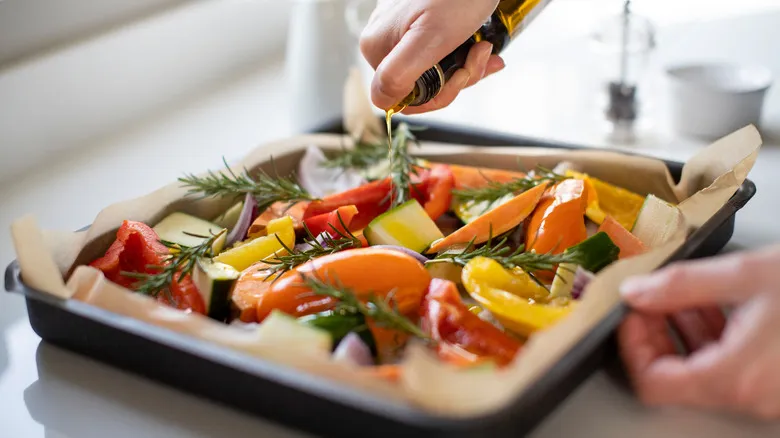How to keep kimchi from going bad
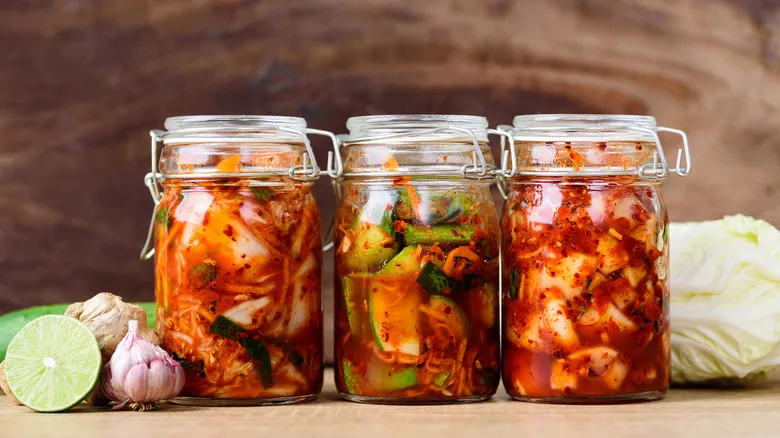
Exercise caution, as kimchi can still spoil. Its fermented nature does not guarantee immunity against undesirable qualities like a slimy texture or fuzzy mold, which clearly indicate that the product has gone bad and should be discarded immediately. However, if you notice only a slight change in flavor, such as increased sourness, it remains safe to consume as long as you can tolerate the altered taste. In such cases, consider incorporating the tangy kimchi into a gourmet cheese dip or a more sophisticated spicy ramen instead of serving it as a standalone side dish.
You can prolong the freshness of kimchi and slow its spoilage by storing it correctly. The key factor is the temperature at which you keep it. Ideally, kimchi should be stored at temperatures below 39 degrees Fahrenheit. Any higher, and it enters the "danger zone," where bacterial growth can double. Therefore, it's advisable not to keep your kimchi in the refrigerator door, where temperatures are most variable. Additionally, ensure that the vegetables are fully submerged in the brine to minimize exposure to air and prevent drying out. Finally, always use clean utensils when handling the kimchi to maintain its quality.
Recommended
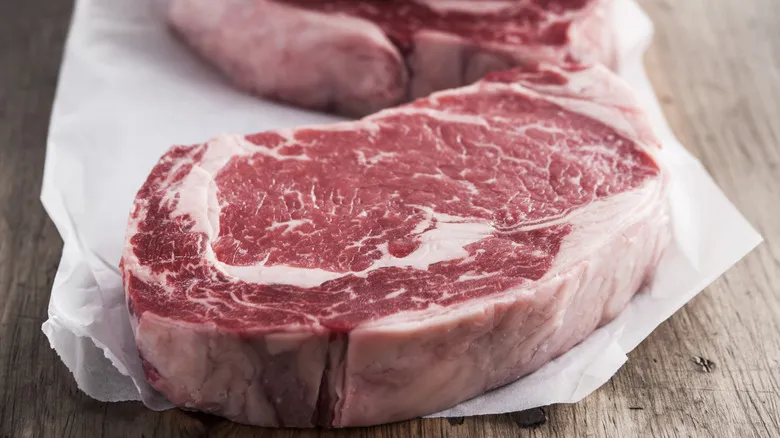
What To Know Before Refreezing Thawed Steak

For The Freshest Tasting Coffee Beans, Avoid The Refrigerator
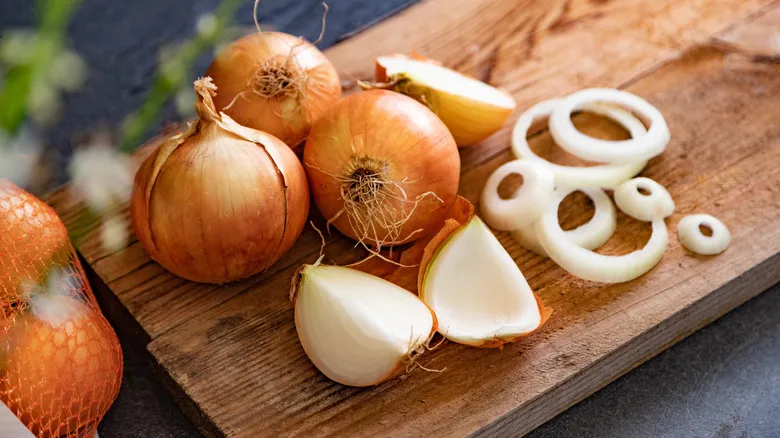
Here's How To Tell If An Onion Has Gone Bad

Stop Apple Slices From Browning In The Refrigerator With One Simple Solution
Next up

